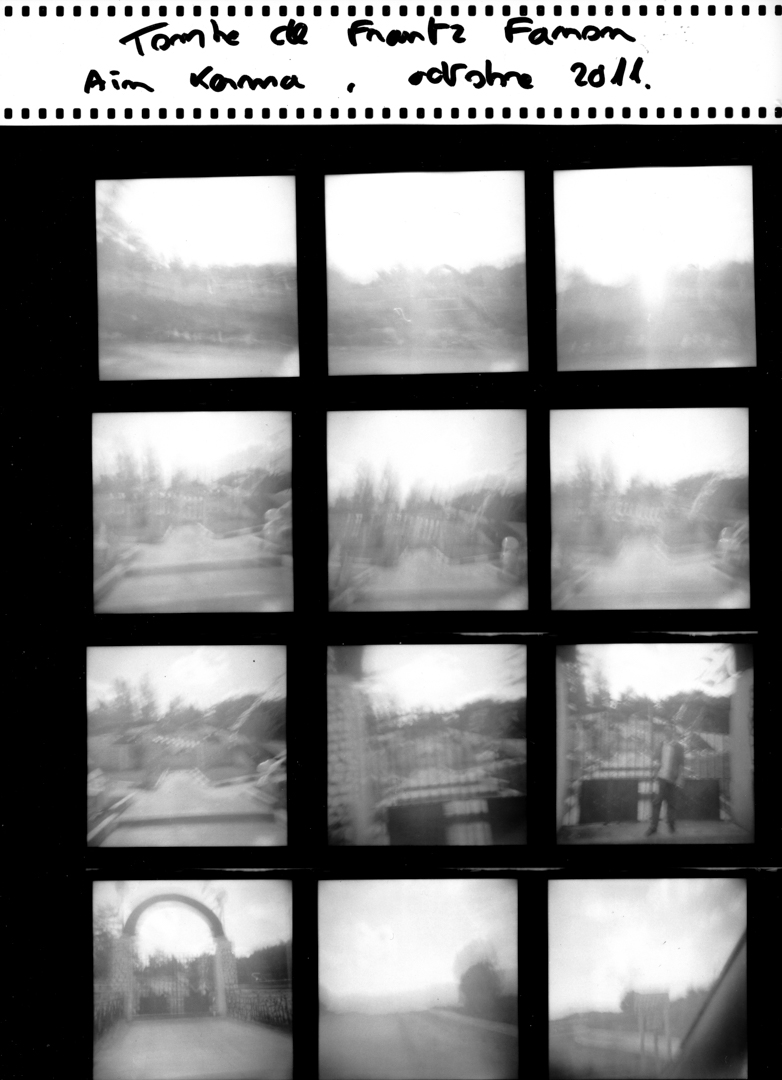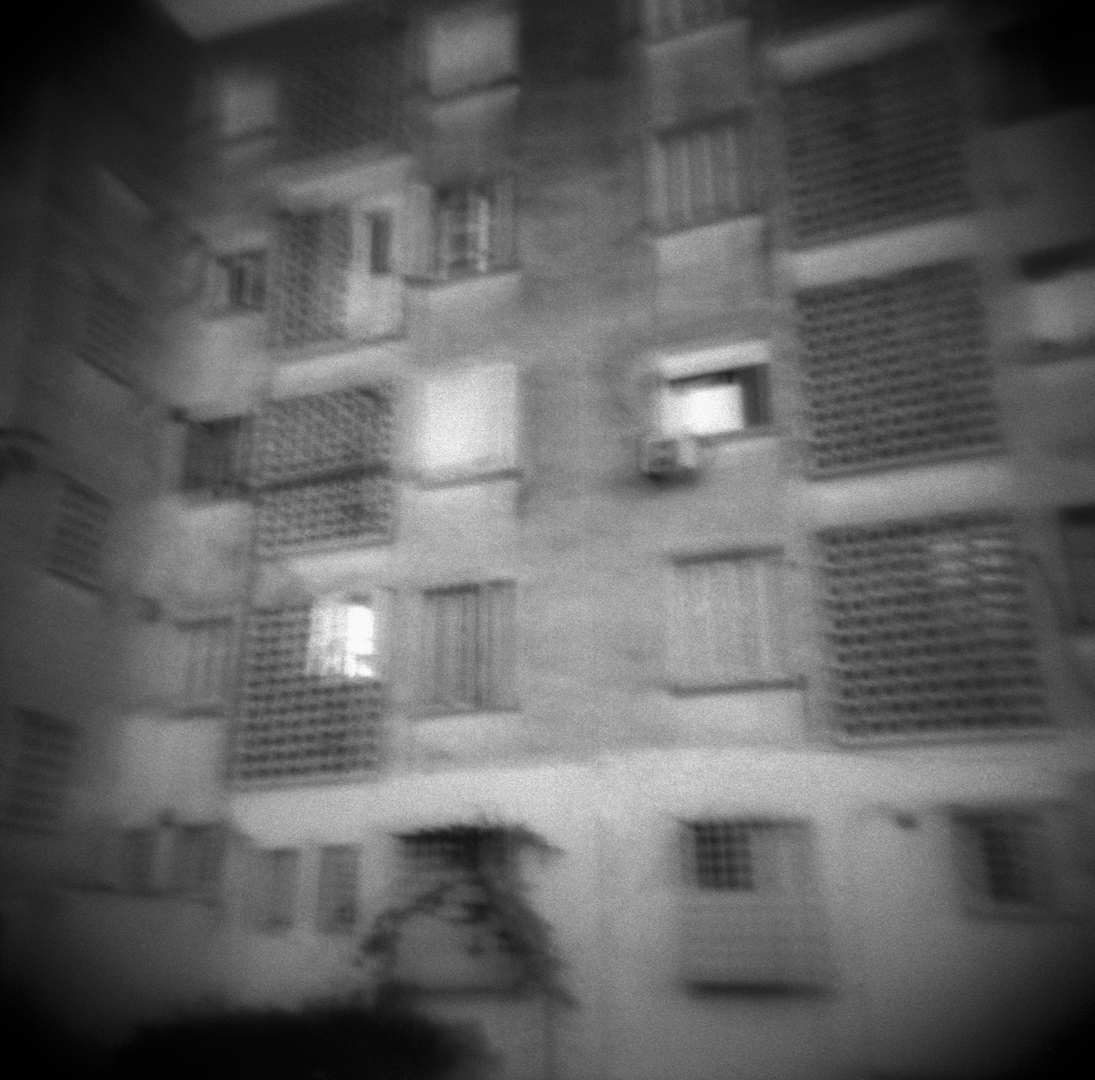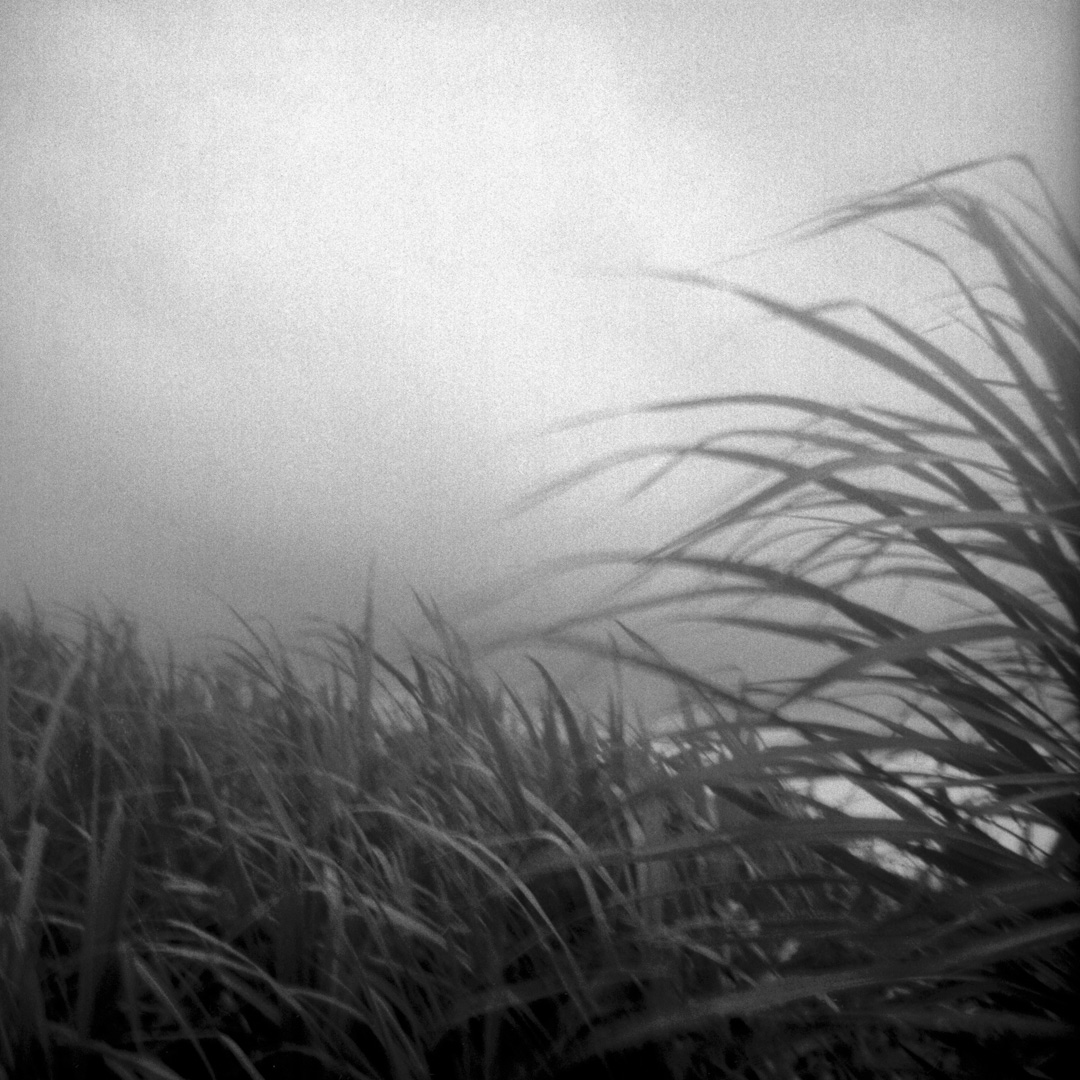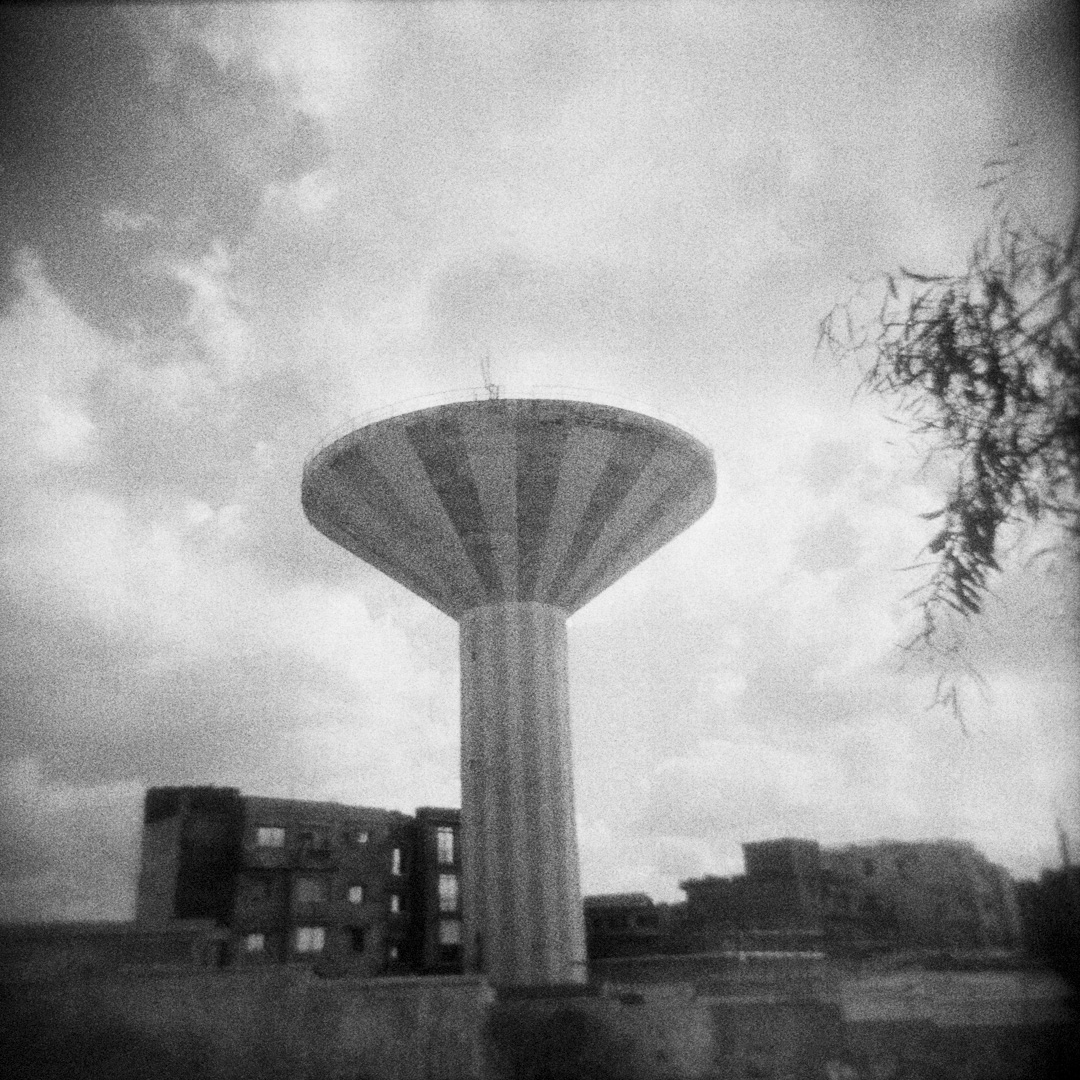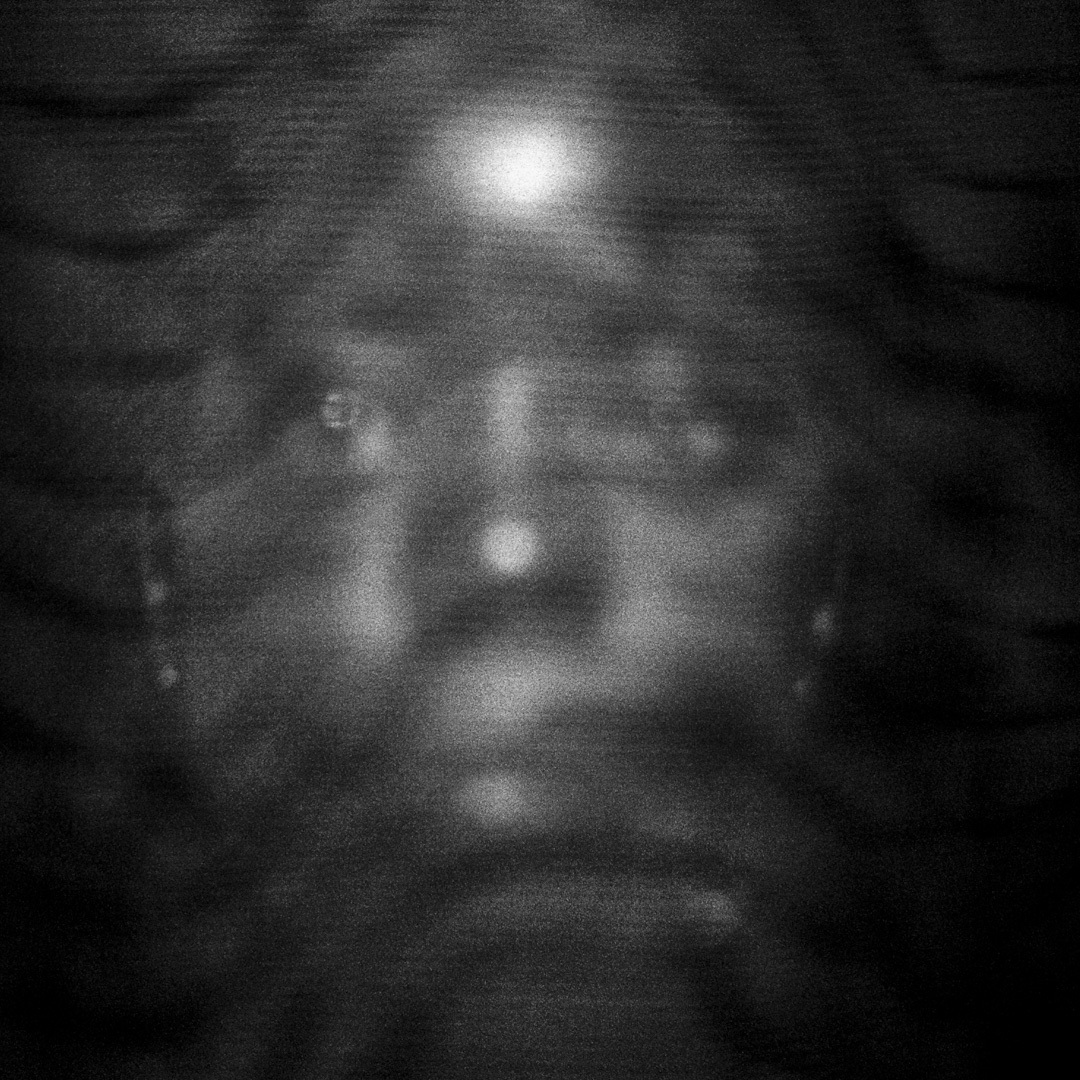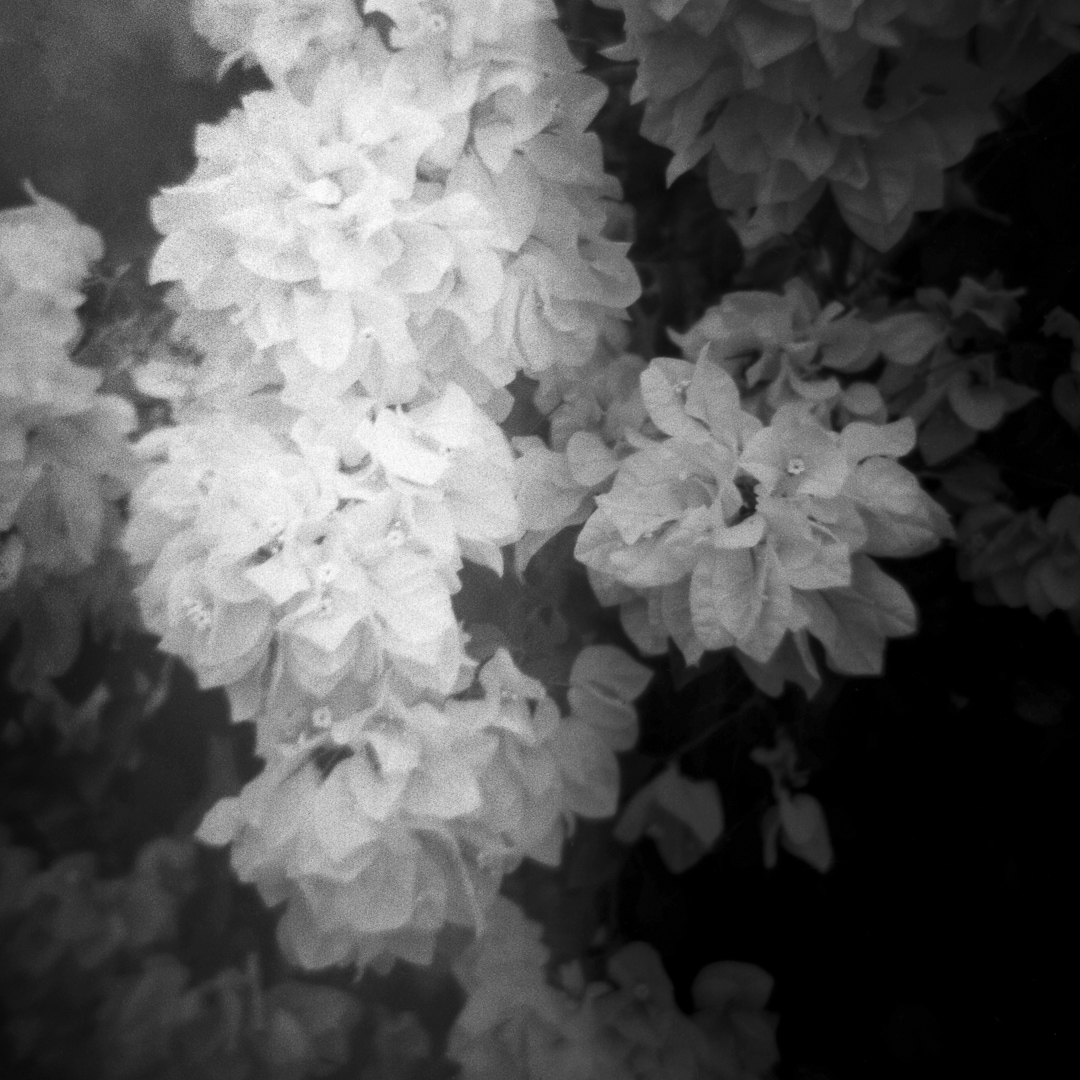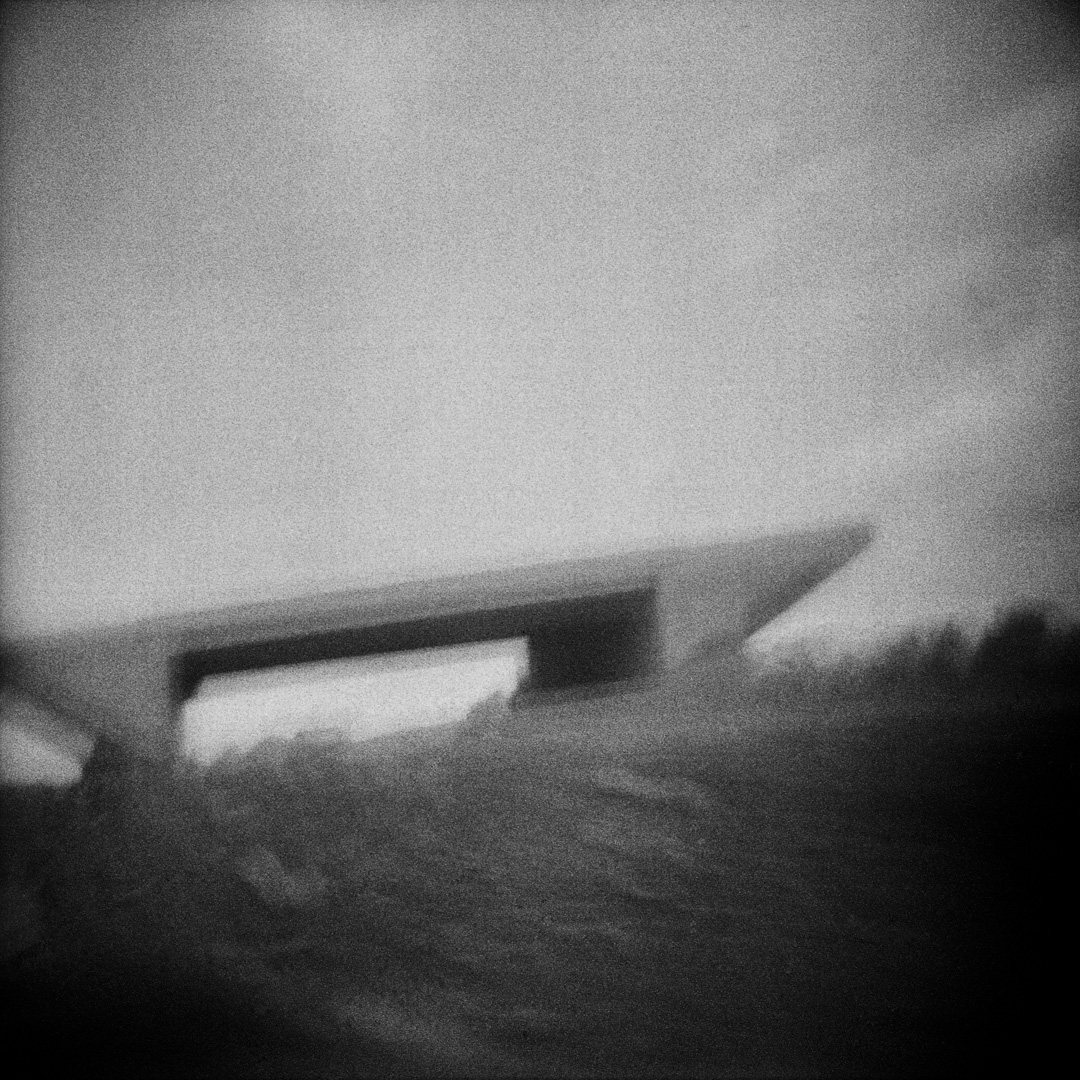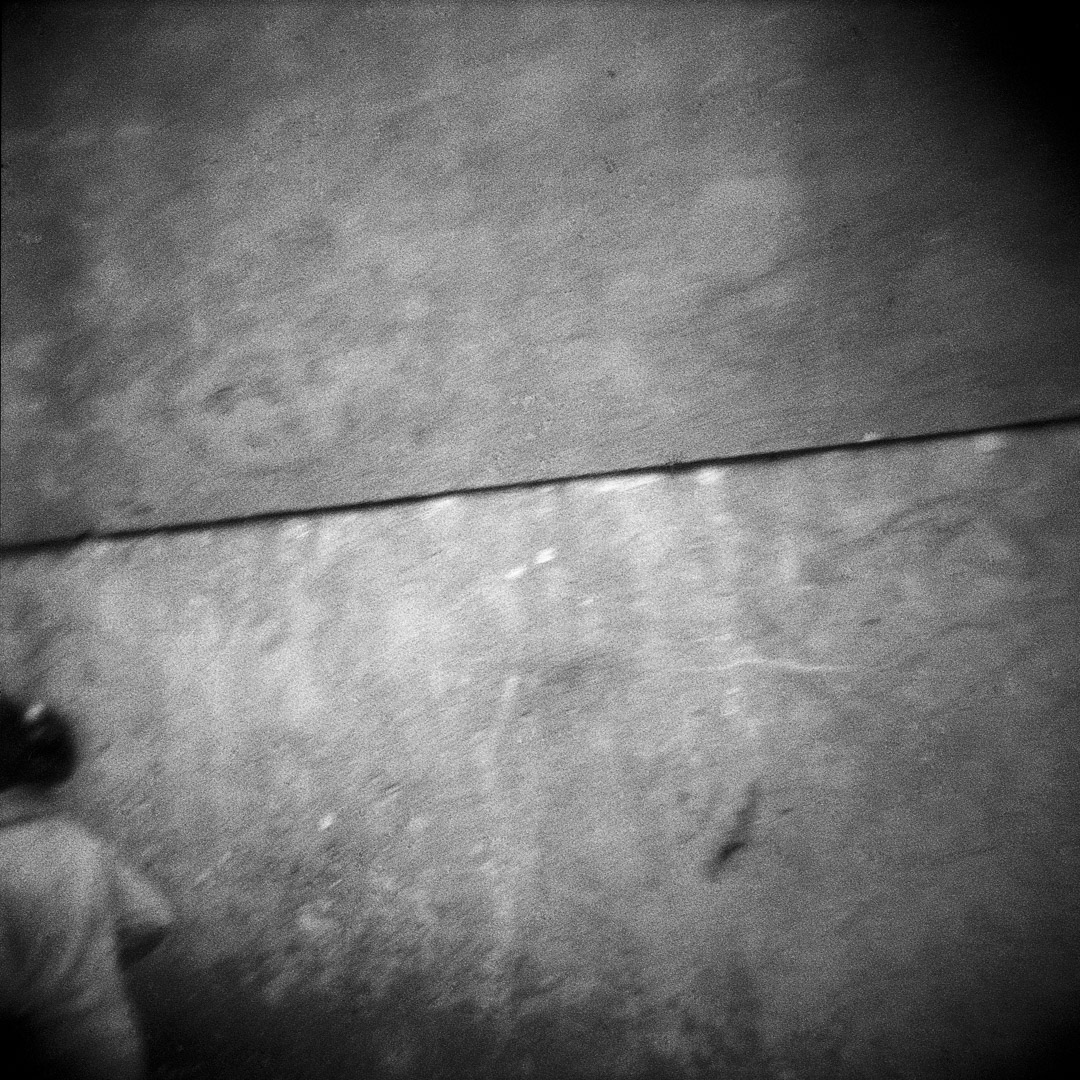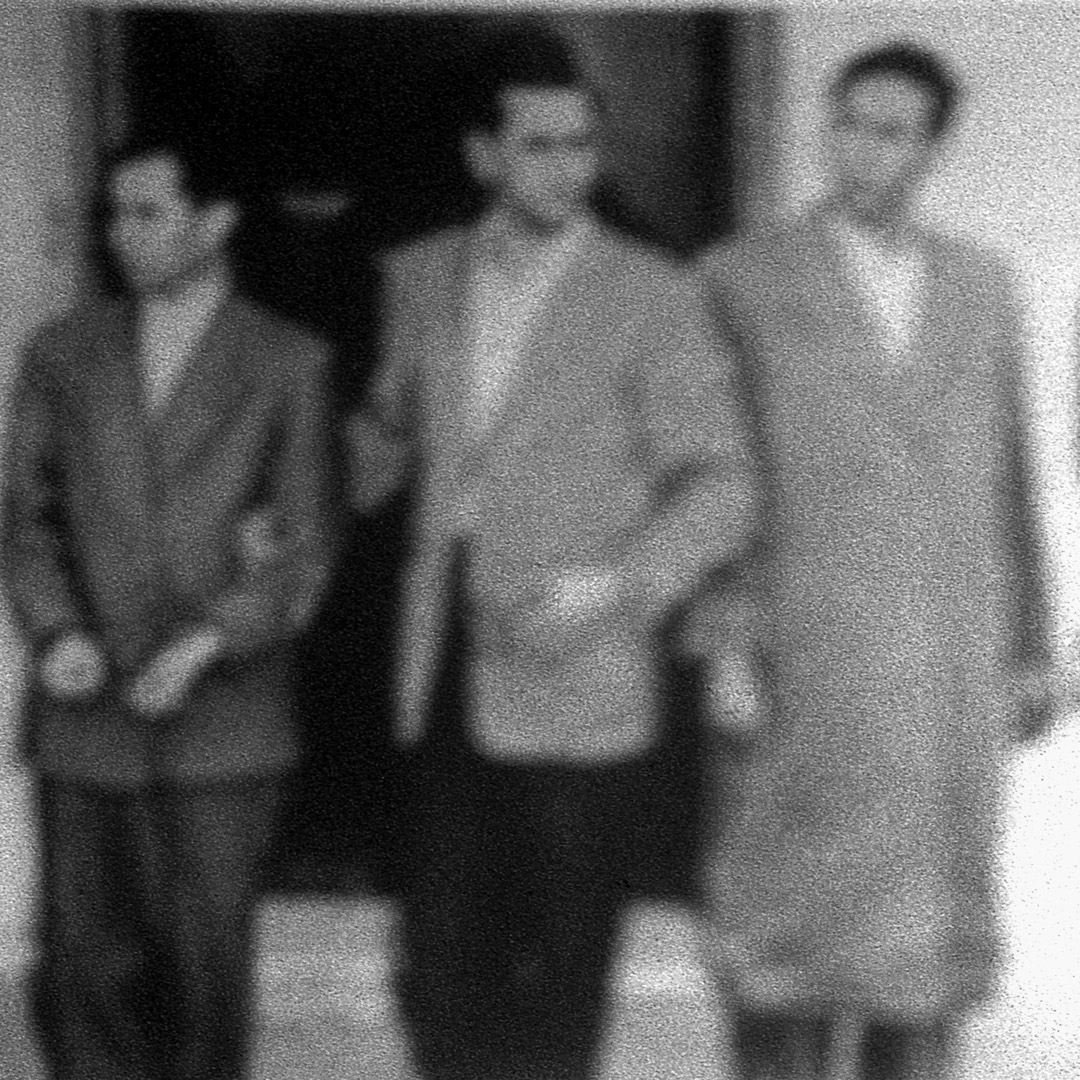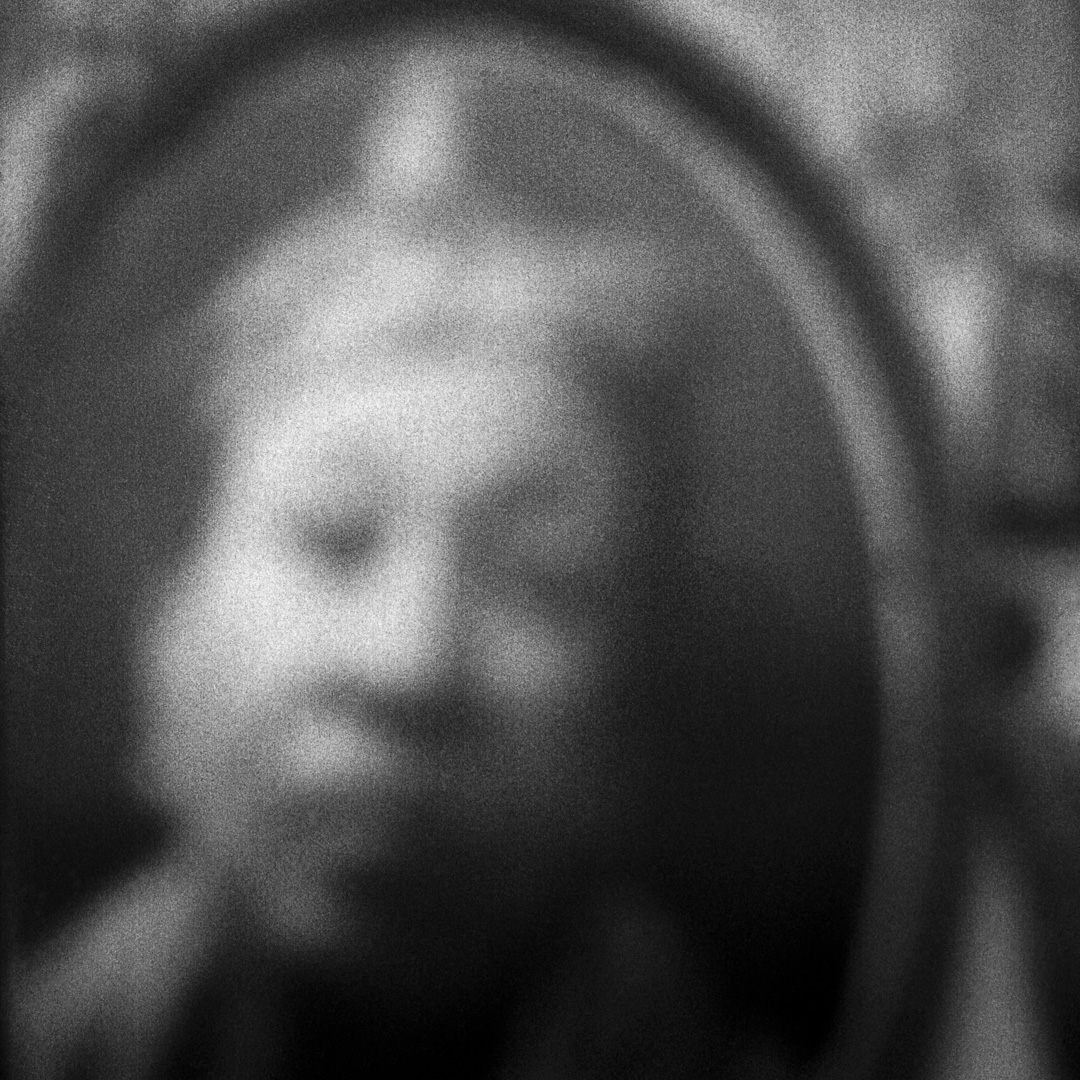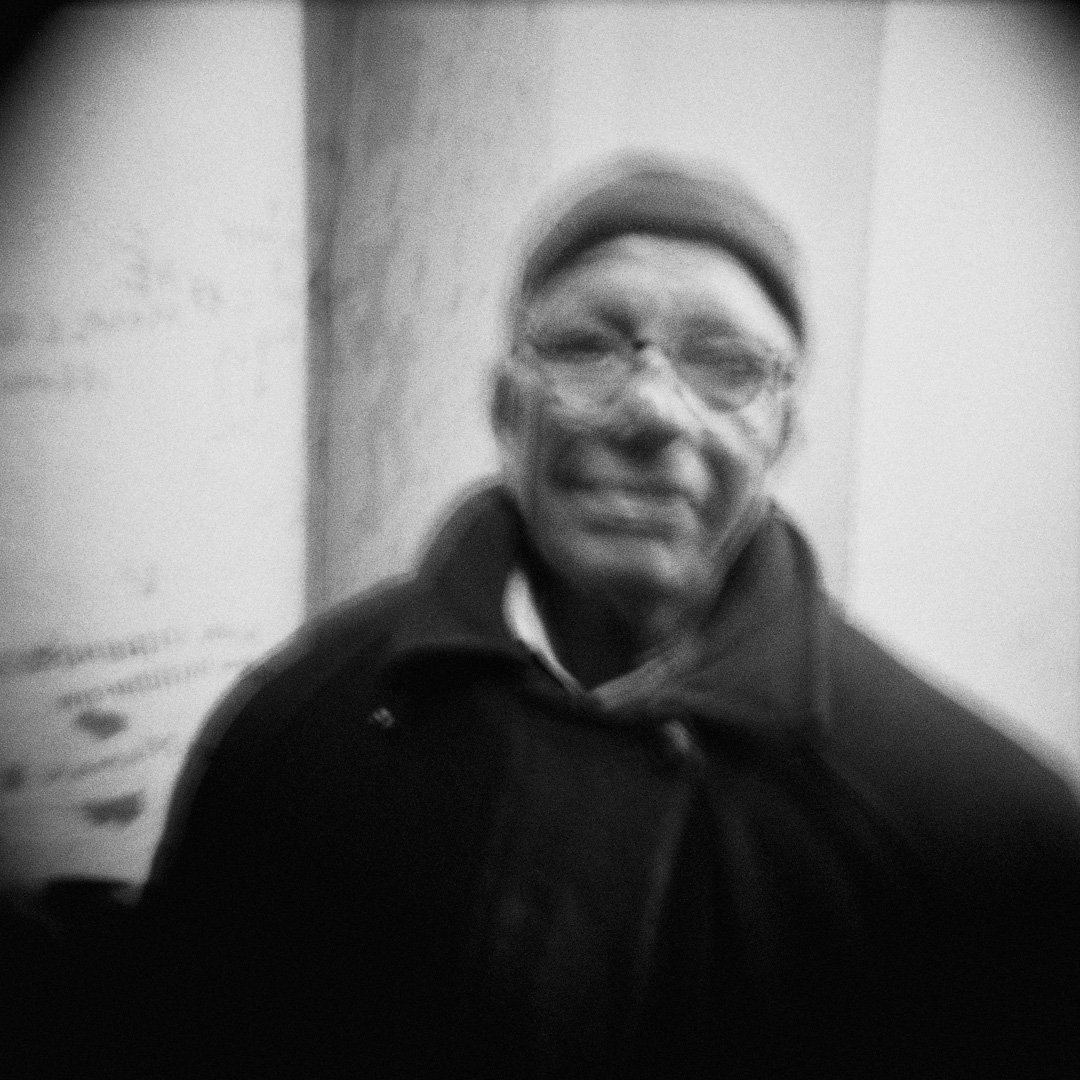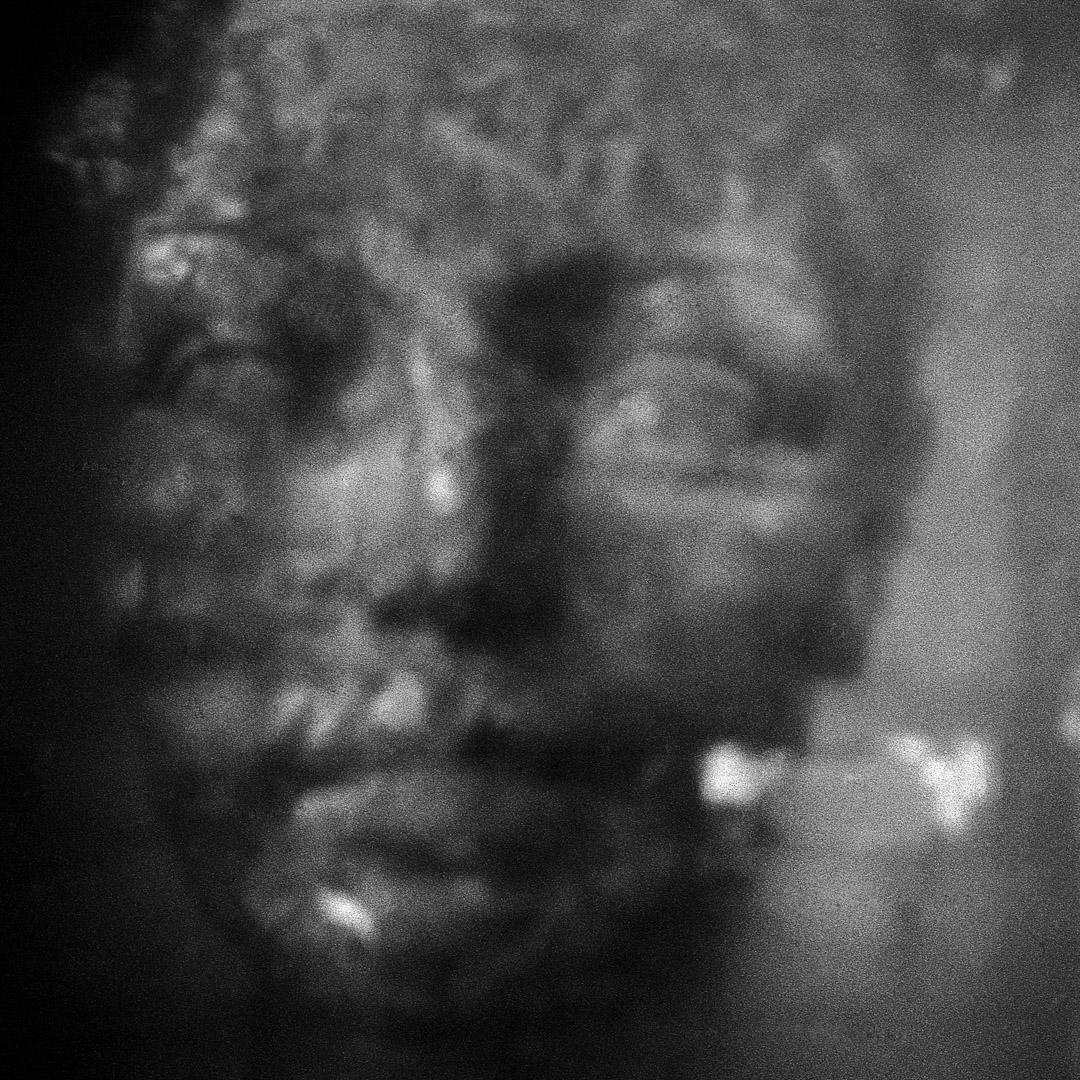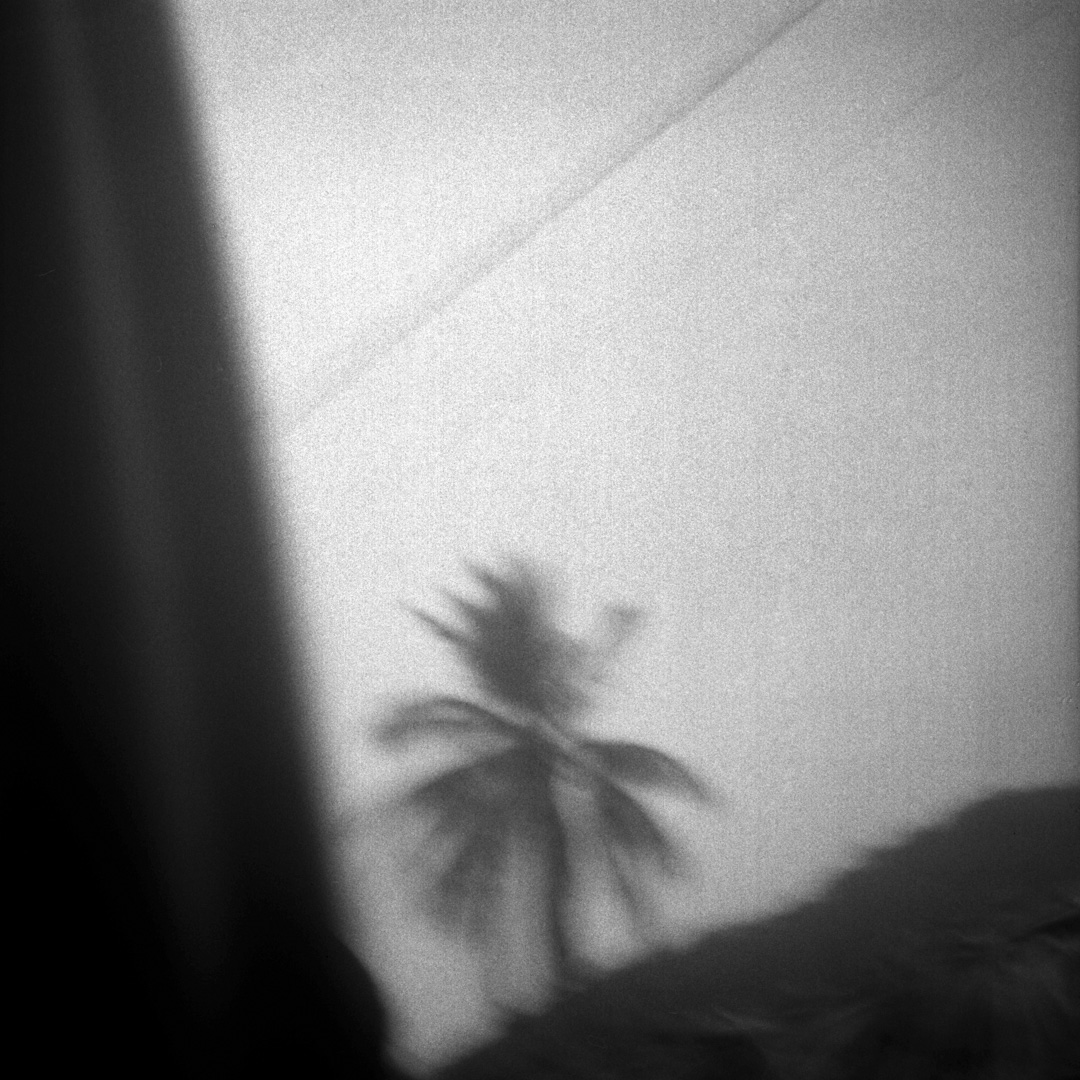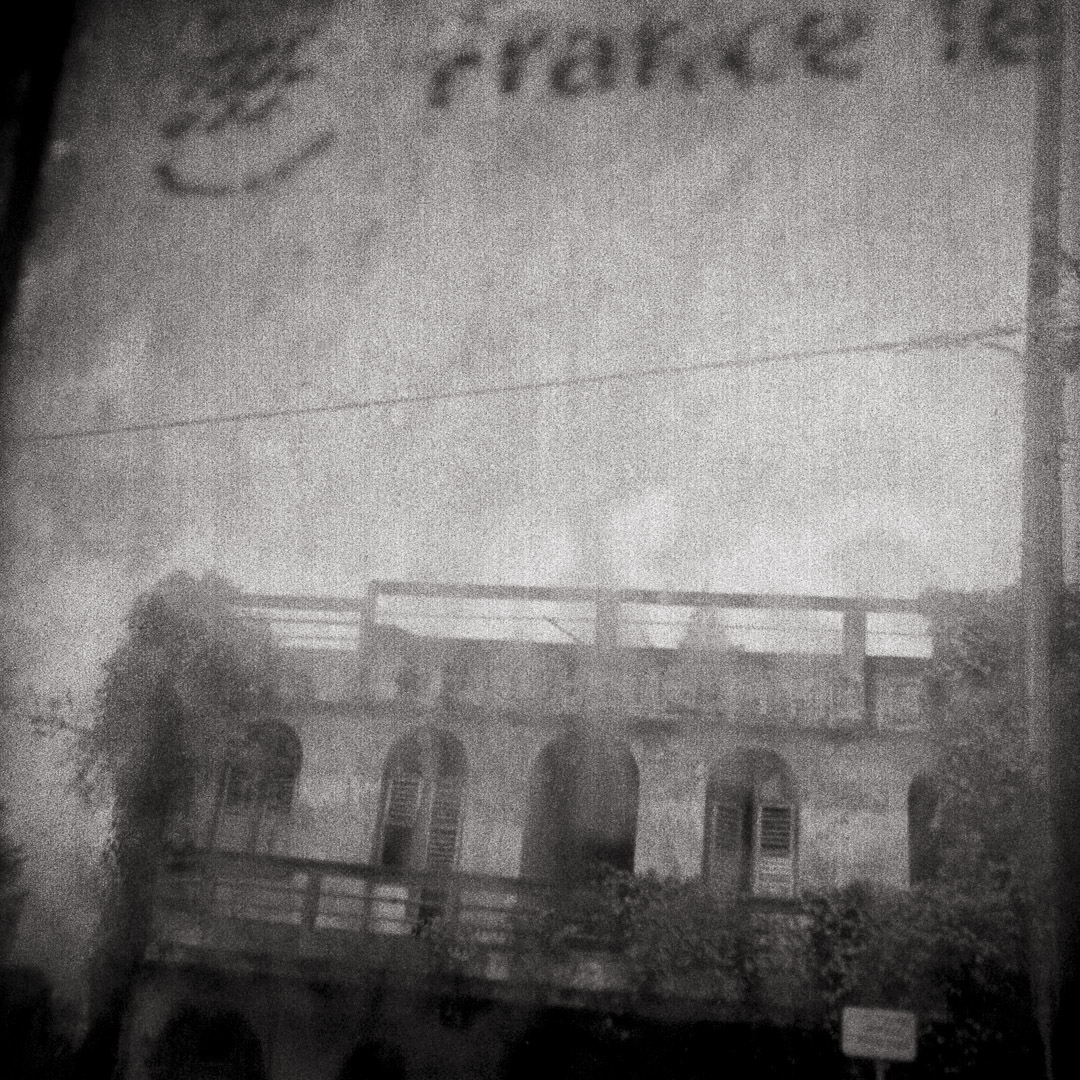Frantz Fanon, 2013
“When I first went to Martinique, where my wife was born, I felt an unsettling attachment to the place, a sensation of familiarity. My subsequent visits made this feeling all the stronger.
Even if this “detour” was distant from France and Algeria, it seemed to me an essential part of the process of my longstanding questioning of my identity.
It was my wife who first told me about Frantz Fanon. I knew nothing about him, apart from that Blida Hospital in Algeria bears his name. After much discussion, it became obvious to me that I needed to look more deeply into his story, that of someone who left his country of birth for faraway detours, including to Algeria.
This series of images was undertaken in a range of places that illustrate all his “detours”.
In Martinique, where he was born. In Algeria. In Algiers, in the hospital where he worked in Blida, and in the Aïn Kerma region where he’s buried. Frantz Fanon had expressed the wish to be buried in Algeria, but the country still being French at the time of his death, and he having been expelled by the authorities, that wasn’t possible. He was buried at Aïn Kerma, which was then in Tunisia, except that by an historical twist of fate the border of the two countries was realigned in 1965, incorporating Aïn-Kerma into Algeria.
In Tunisia, where he lived when he was banished from Algeria and where he worked on the FLN’s newspaper mouthpiece, El Moudjahid.
In Ghana, where he was sent by the GPRA (Provisional Government of the Algerian Republic) as ambassador to the government led by the first president of an independent Ghana, Kwame Nkrumah.”
Bruno Boudjelal
